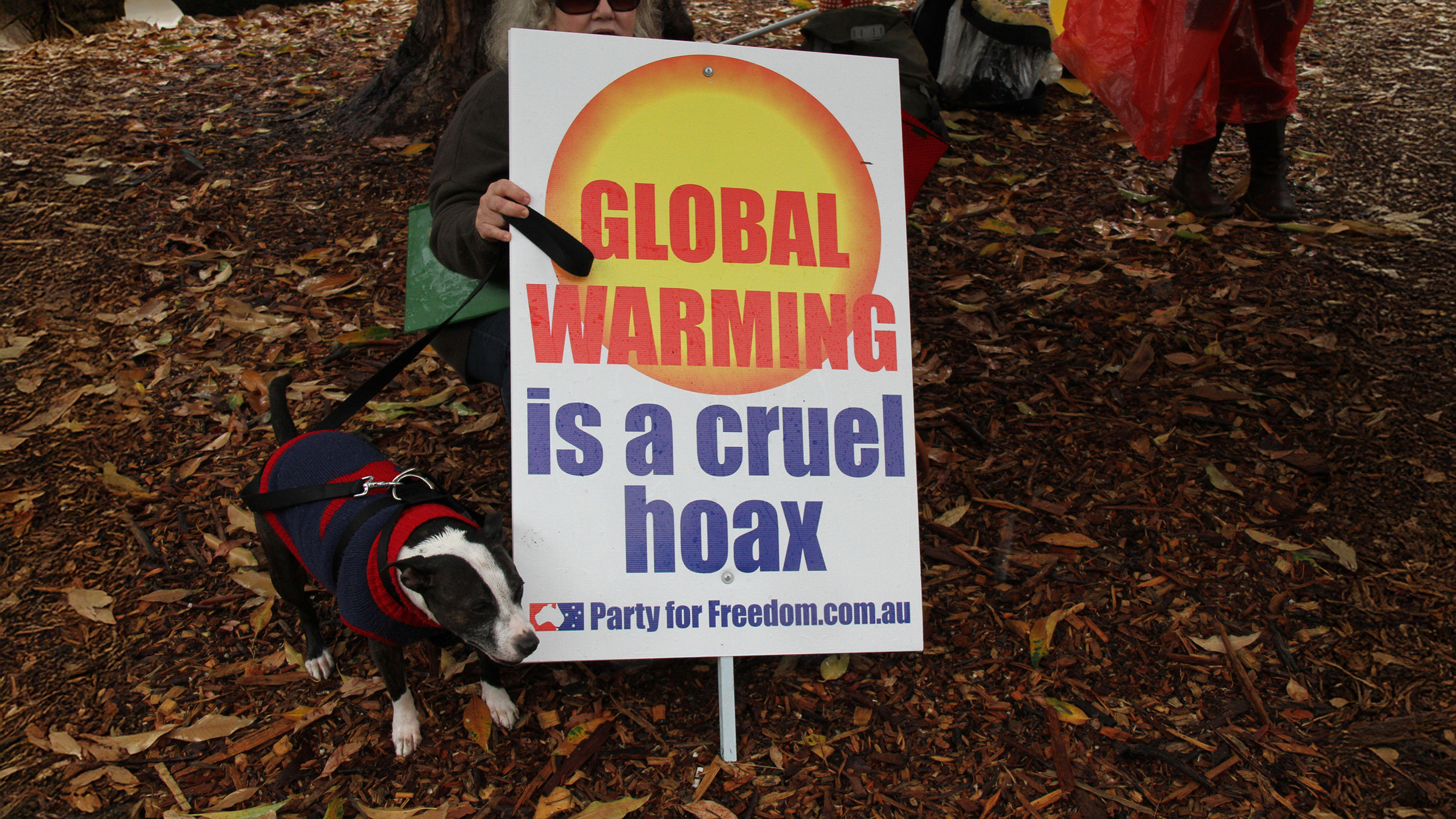The same concepts that apply to a political campaign also work when communicating science explains Matthew Nisbet.
Question: How would you structure a PR campaign for science?
Matthew Nisbet: Well, I mean I think that the first general rule is that facts don't speak for themselves. Simply transmitting or translating the facts of science is not necessarily going to win over the public or open up understanding among different segments of the public. Often times you have to take a complex uncertain issue such as climate change and translate it in a way that connects to something that the public already understands or connects to something they already value. So, a great example would be E.O. Wilson wrote this terrific book called "The Creation" and in the book he writes it as a open letter to a Southern Baptist Minister and he says "I'm an atheist, you're a Southern Baptist, we might disagree in terms of where life came from, but we both share this common value in the creation." And he uses that presentation, that message as a way to kind of grow the audience for science, introduce a popular science book about environmental conservation to a religious audience who might not otherwise read a book like that. And in the article for "The Scientist" and in the talks that we give, you know, one of our central themes is that scientists themselves and scientific institutions need to take more of a scientific approach to thinking about communication. If they're going to be successful in reaching out to that broader audience, they first have to understand their audience and they first have to understand the media system that's going to translate their message and carry their message. And that takes research, that takes the application of a lot of research in social science, but actually going out and doing the research, the focus groups, the surveys, to figure out the best way to frame your message in a way that's consistent with the science but resonates with that hard to reach non traditional public that you are trying to communicate with.





